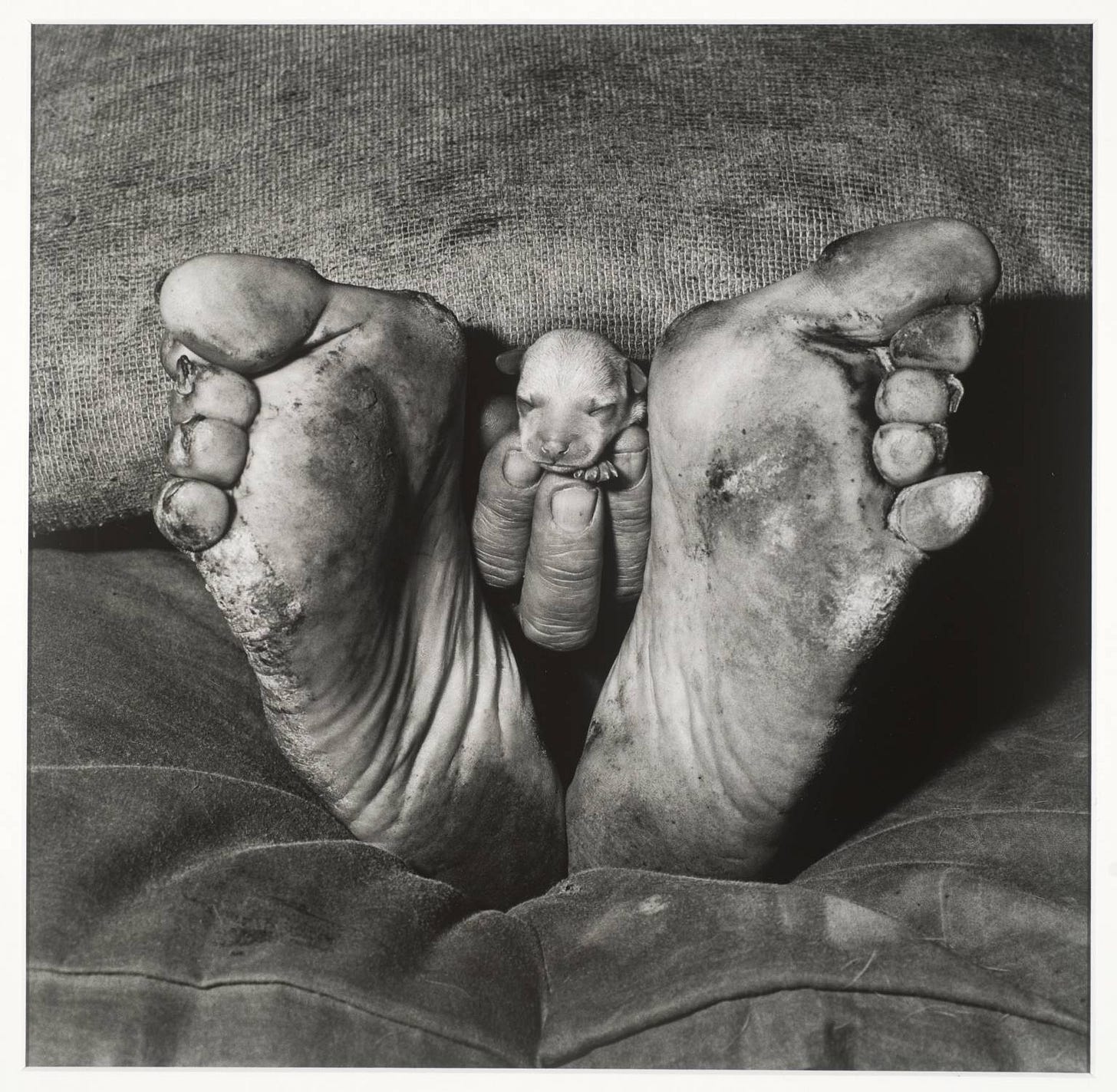#81. FEET / PEUS
What is essential is invisible to the eye / Tot el que és essencial és invisible als ulls
FEET
Feet connect us to the ground, they help us balance the body and root us. They are a hypersensitive point that can evoke childhood memories and stimulate sexual desire. Feet embody the potential for action and decision-making, it is an image that conveys, at the same time, a beginning and an end: to start walking and to reach destiny. They are a symbol of the path of each human life and bear the burden of successes and mistakes when we choose the paths to follow: various traditions celebrate ritual purification by cleaning the feet of the neophytes to release the weight of the past and allow to keep going with renewed energy. Divinities are present in the human world through their footprints, pilgrimages to sacred places transmit the strength to follow the footsteps of the generations that preceded us. Angels are usually depicted with wings at their feet to convey the eternal impulse to move upwards and the agility to leave the ground and fly into the sky. Jung considered lameness and the deformation of feet to be a symbolic representation of the essential weaknesses in the human soul. The paradigmatic case would be the feet of Oedipus (in Greek, Οἰδίπους: "swollen foot") that were pierced by his father Laius after being born. Hephaestus, the fire god of ancient Greece, or Wayland, the blacksmith of Norse mythology, or even the heel of Achilles are also examples of gods and heroes with a lame foot. We should take more care of our feet, poor feet, always moving around, stuck in the shoes... Old Egypt and ancient China knew how to manipulate the foot plant to release tensions and revered the feet to thank them for all the weight they bear.
“And now here is my secret, a very simple secret: It is only with the heart that one can see rightly; what is essential is invisible to the eye.”
The Little Prince by Antoine de Saint-Exupéry
PEUS
Els peus ens connecten amb la terra, ens ajuden a equilibrar el cos i ens arrelen. Es tracta d’un punt hipersensible que pot evocar records de la infància i estimular el desig sexual. Els peus encarnen el potencial d’acció i el poder de decisió, es tracta d’una imatge que transmet, a la vegada, inici i final: començar a caminar i arribar al destí. Són un símbol del recorregut de cada vida humana i porten la càrrega dels encerts i els errors quan escollim els camins a seguir: diverses tradicions celebren rituals de purificació netejant els peus dels neòfits per alliberar el pes del passat i permetre avançar de nou amb força. Les divinitats estan presents en el món humà a través de les seves petjades, les peregrinacions a peu cap a llocs sagrats tenen la força de seguir els passos de les generacions que ens van precedir. Els àngels solen apareixen representats amb ales als peus per transmetre el moviment etern ascendent i l’agilitat per desenganxar-se del terra i volar cap al cel. Jung considerava que la deformació dels peus i la coixesa era una representació simbòlica de les mancances essencials de l’ànima humana. El cas paradigmàtic serien els peus d’Èdip —en grec antic, Oidipous (Οἰδίπους): «peus inflats»— que van ser perforats pel seu pare Laios just quan acabava de néixer. Hefest, el déu del foc de la Grècia antiga, o Völundr, el ferrer de la mitologia nòrdica, o inclús el tendó d’Aquiles també són exemples de divinitats i herois amb un peu coix. Hauríem de cuidar més els nostres peus, pobres peus, sempre amunt i avall, atrapats dins les sabates... A Egipte i a la Xina ancestral sabien com manipular la planta dels peus per alliberar tensions i els reverenciaven per agrair-los tot el pes que suporten.
“Heus aquí el meu secret. És molt senzill: només hi veiem bé amb el cor. Tot el que és essencial és invisible als ulls.”
El Petit Príncep d’Antoine de Saint-Exupéry











